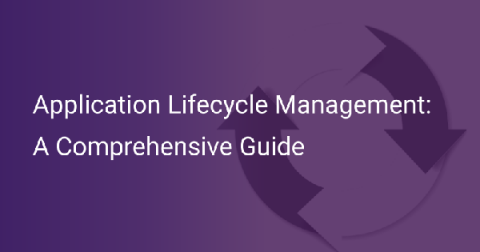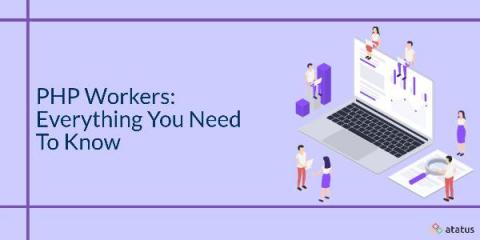Fastlane plugins that make a developer's life easier
In this article, we will discuss the most useful and commonly used fastlane plugins that many developers use and love, and go through the things you should know about fastlane if you work in mobile development.











